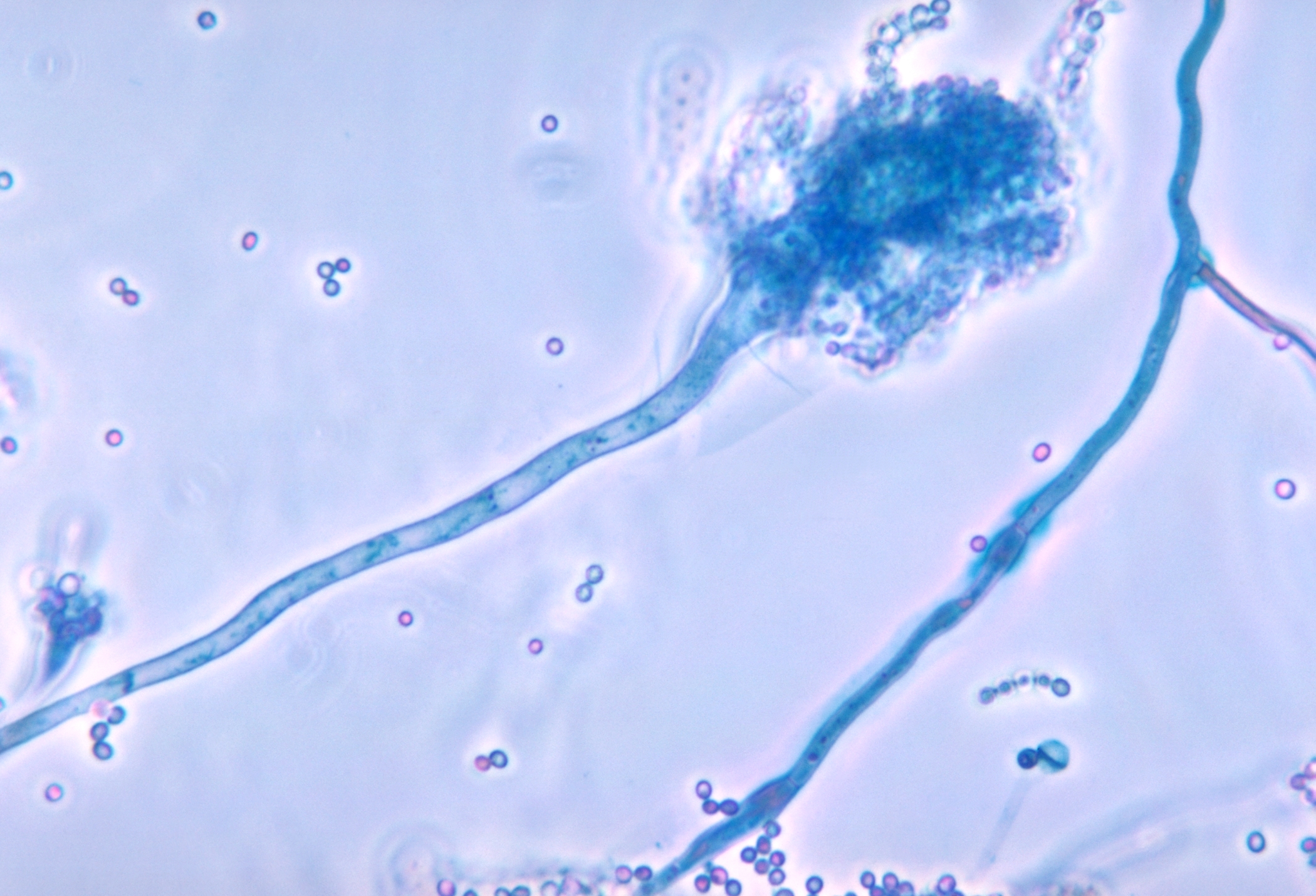 In Cllr Alexis Rowell's Blog Monday, 29 December 2008 he asks the question is carbon offsetting ever ok?
In Cllr Alexis Rowell's Blog Monday, 29 December 2008 he asks the question is carbon offsetting ever ok?He writes: "The current edition of the Ecologist has an article castigating carbon offsetting Carbon Offsetting: forgive my carbon sin?. I have a lot of sympathy with the sentiments expressed. The price of carbon used in the offsetting business is far too low, because the market price of carbon is far too low, and investing in trees on the other side of the world, trees which might be chopped down one day, has never seemed to me to be a very sensible way to deal with the carbon problem."
I agree that the price of carbon is set too low to make carbon offsetting less attractive, I know from experience in dealing with blue chip companies tasked with reducing the company carbon footprint, carbon offsetting is "currently" very attractive to many organisations precisely because it is cheaper than directly dealing with the problem of carbon reduction.
Therefore, I would not directly advocate using carbon offsetting as it currently stands as a control method of dealing with climate change. However, if the carbon offsetting "cost" was increased to the point of being more expensive than "implementing" energy reducing solutions, I feel confidant that this would achieve a better outcome for the planet.
Author: Nigel Rumble








